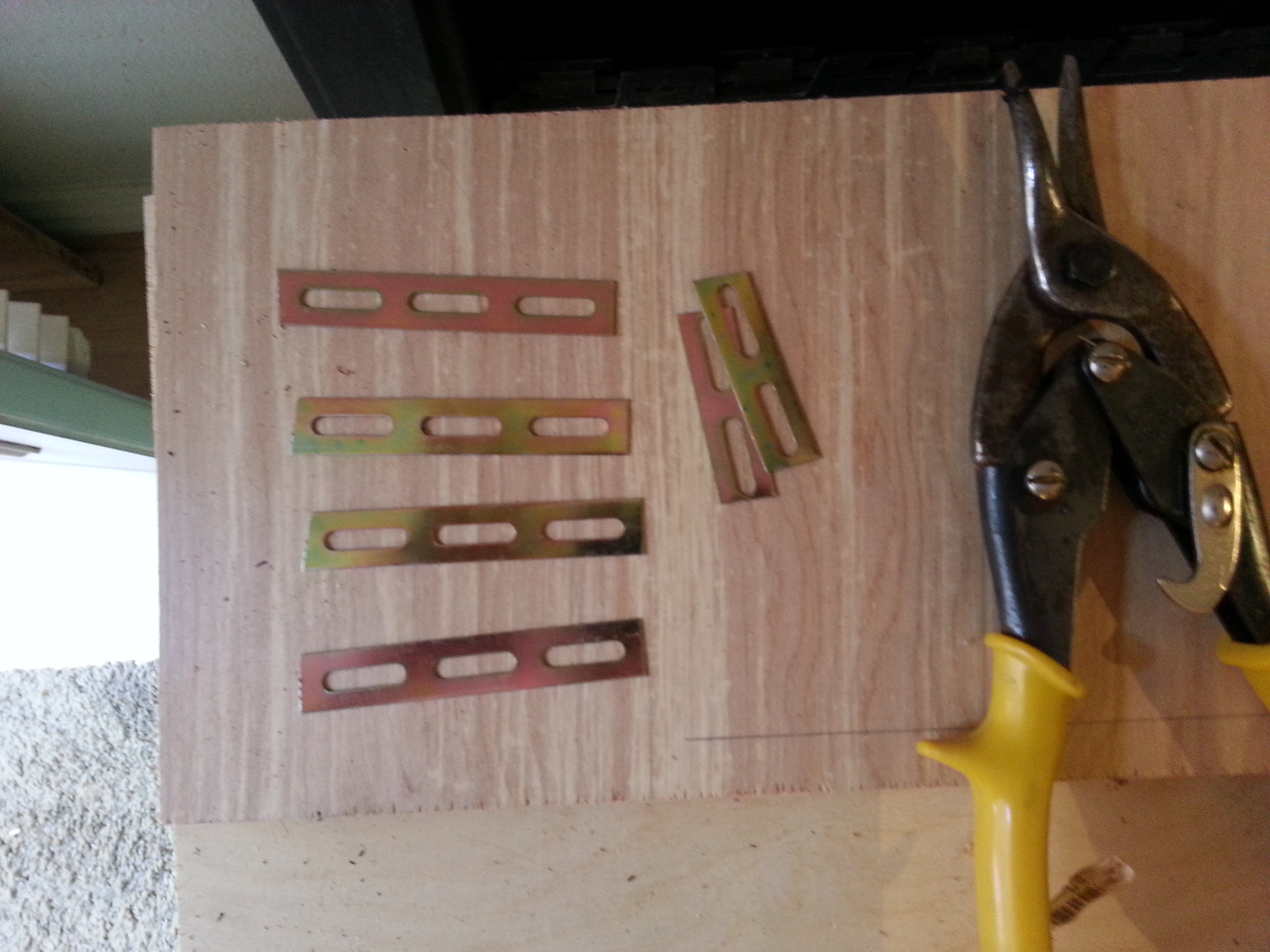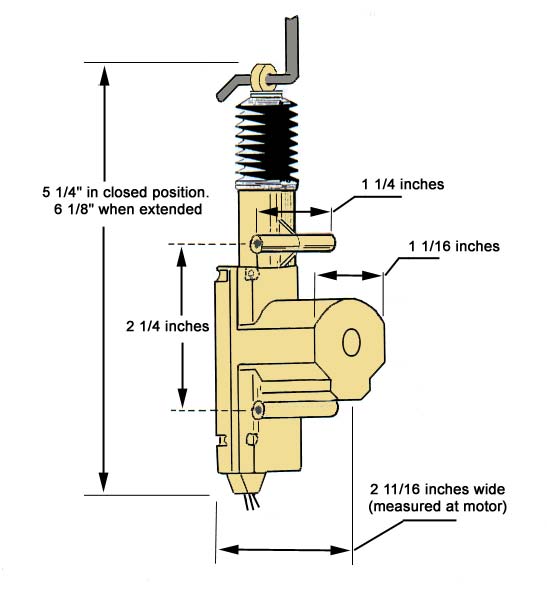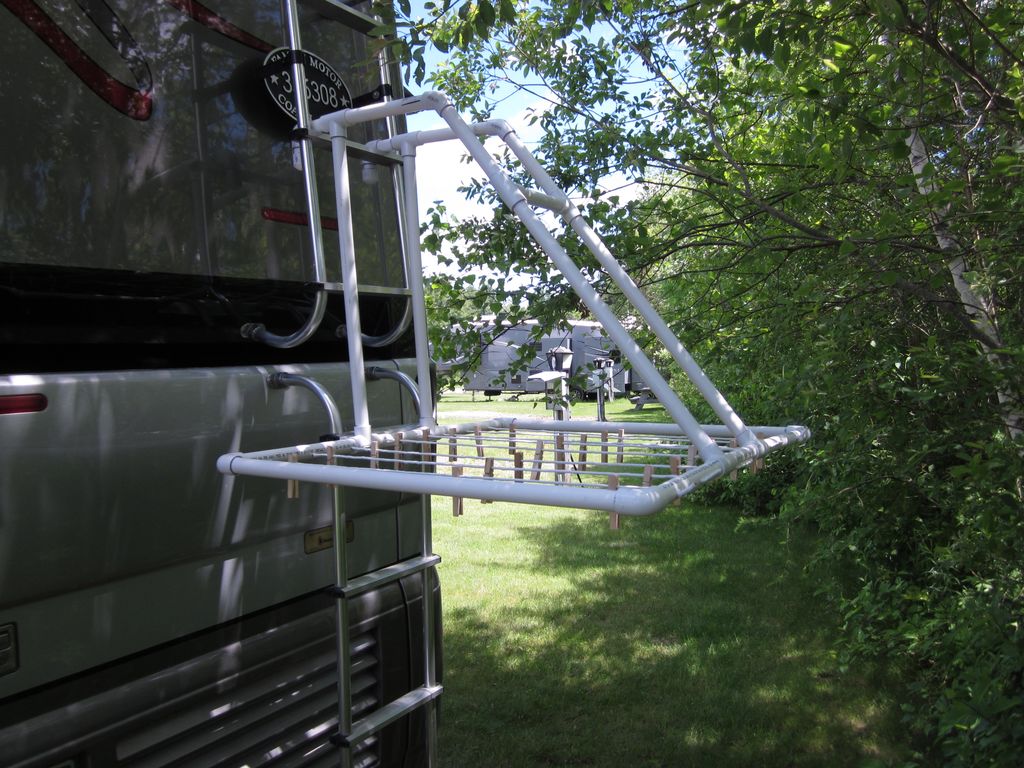Bay Door Gasket
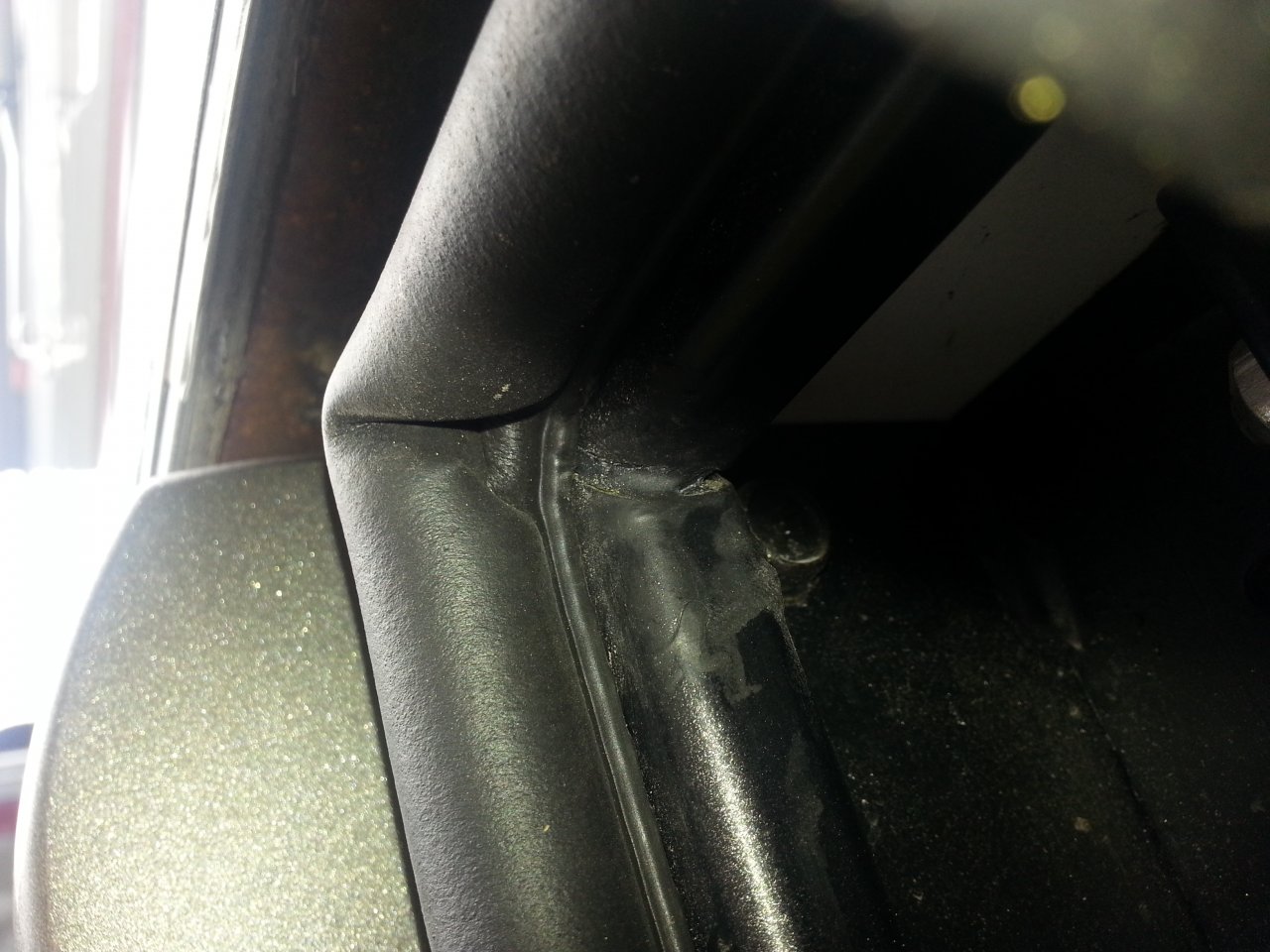
Our bay door gaskets were getting pretty tired. I had a few with small cuts in them from loading and unloading. In some areas it had started to slip off the edge of the flange, especially on the bottom edge where it is easy to lean on them when reaching inside the bay. They had also become more stiff over time which increased the force needed to close the bay doors.
In digging around I found a gasket P/N of 75000720 listed in one of our manuals for “compartment door trim seal”. This number appears to be a Dual Durometer EPDM Trim Seals for Edges .065” to .095” (RS-131). It comes in either a 250’ roll or 25’ roll, generally in the 1.70 - 1.80 a foot range. This is for a 2003 U320, yours may be different!
I purchased the product from DK Hardware, Catalog Number: 75001363. It drop-shipped from CR Laurence. Our 40’ took (5) 25-foot rolls. This should be the link, but if not just search the site for that part number CRL Oversize Bulb Trim Seal® - Flange Size: .065” to .095”
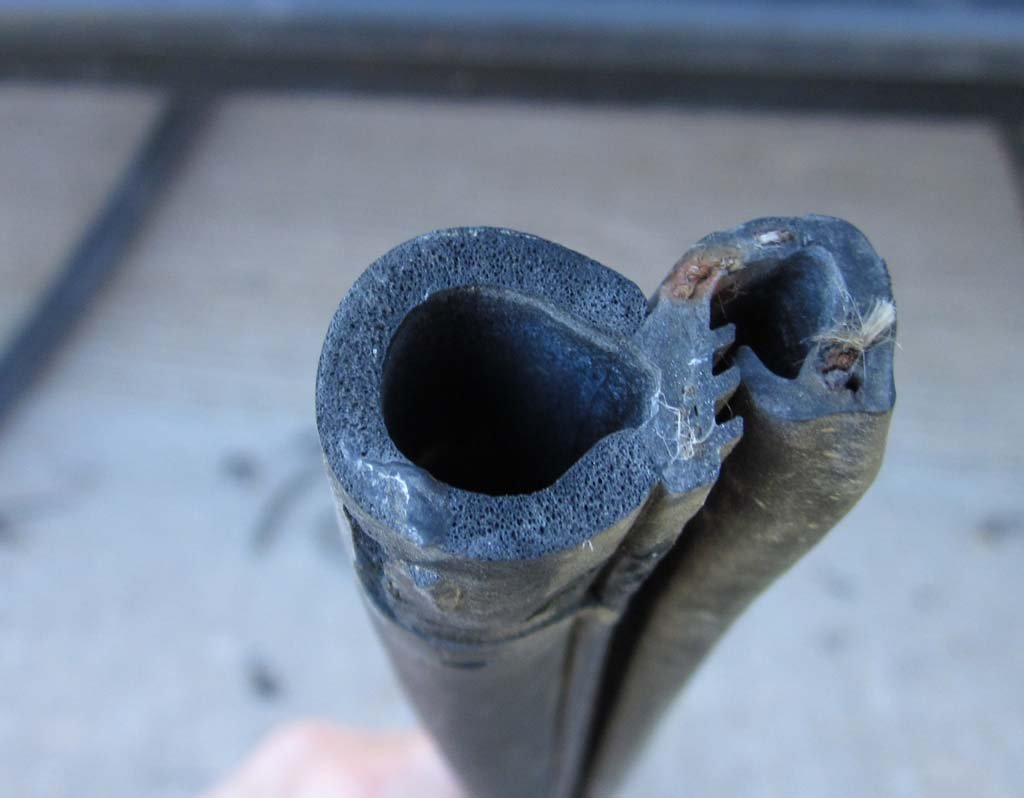
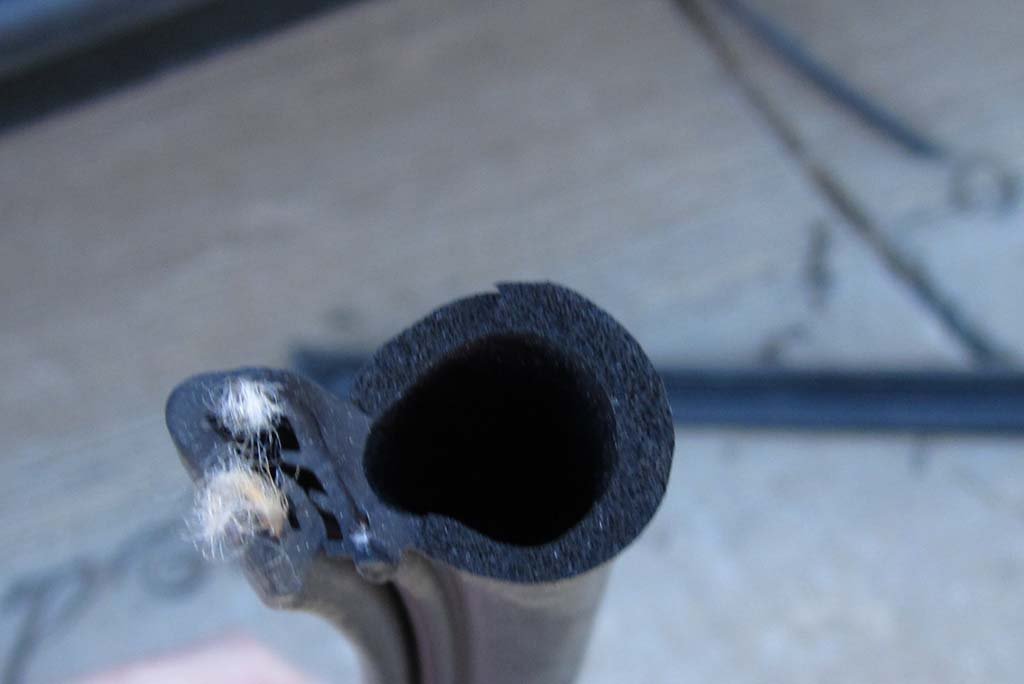
On the left is the original gasket, on the right the replacement, they look identical. If you look at the base of the bulb, you will see the second (Durometer) material. This allows for bonding a stronger material to the channel and the the “foam” to that, providing for a much more durable product. Cheaper ones will simply bond the foam to the channel, which will be a tearing point.
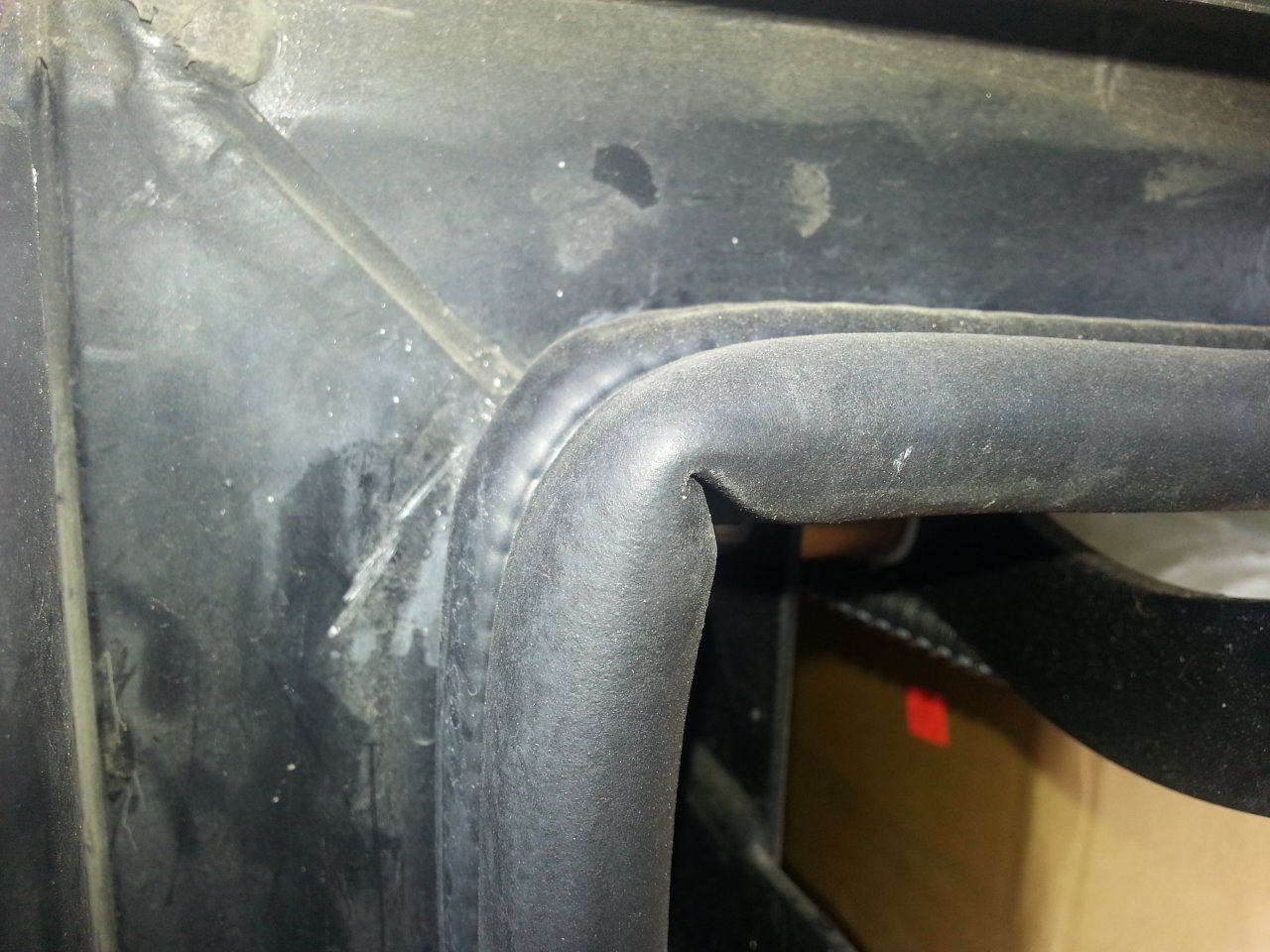
Replacing the gaskets is easy, the top and (2) sides are done as a single piece, and the bottom gasket is its own section. I found it easiest to start at a corner and then work down and then across, that made the best corners for me. You have to do some minor cutting of the gasket channel to clear a few things (latches), you will see that was done on the original gasket as well. One roll of 25’ was able to do two of our bays with a few inches of gasket left over.
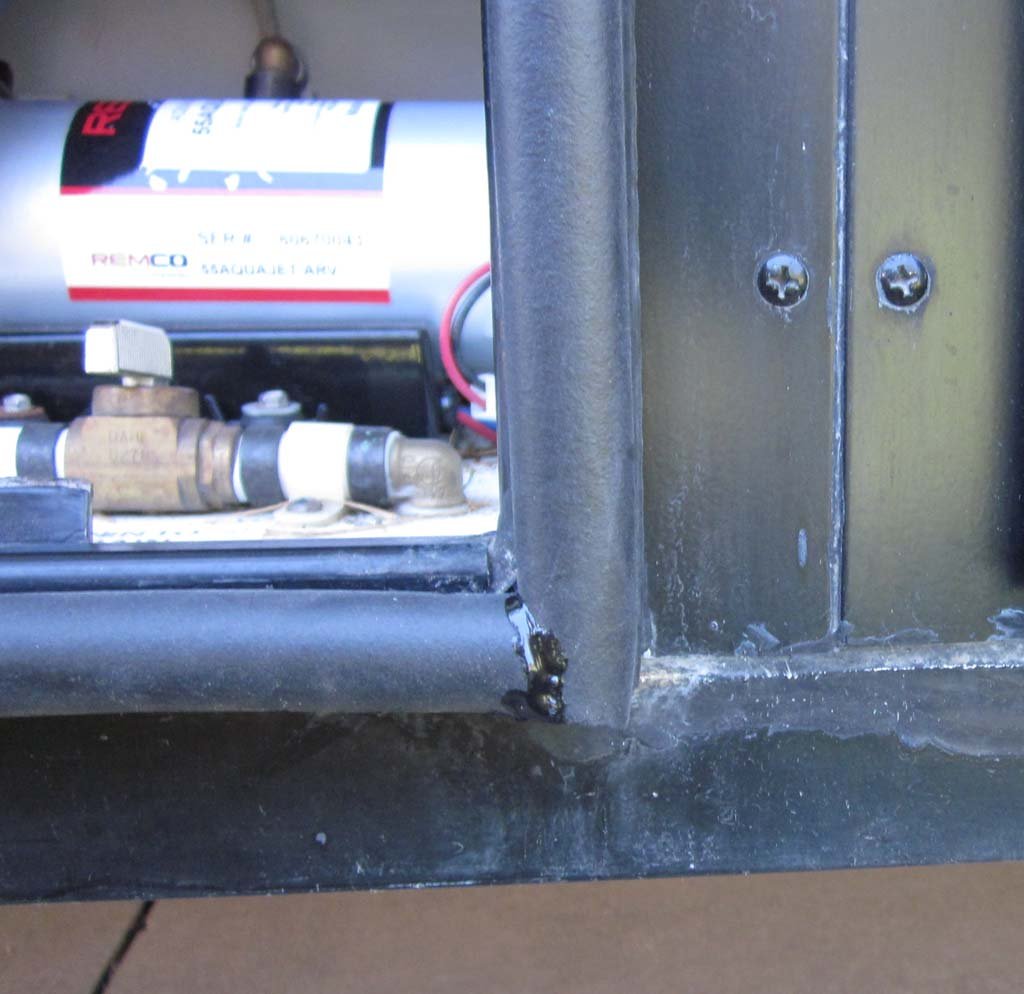
We used 3M black super weatherstrip adhesive to join the lower section back into the sides. 3M lists it as a strong, flexible, rubbery adhesive that can withstand vibration, oil, grease and extreme temperature variations, used to bond automotive weatherstripping.
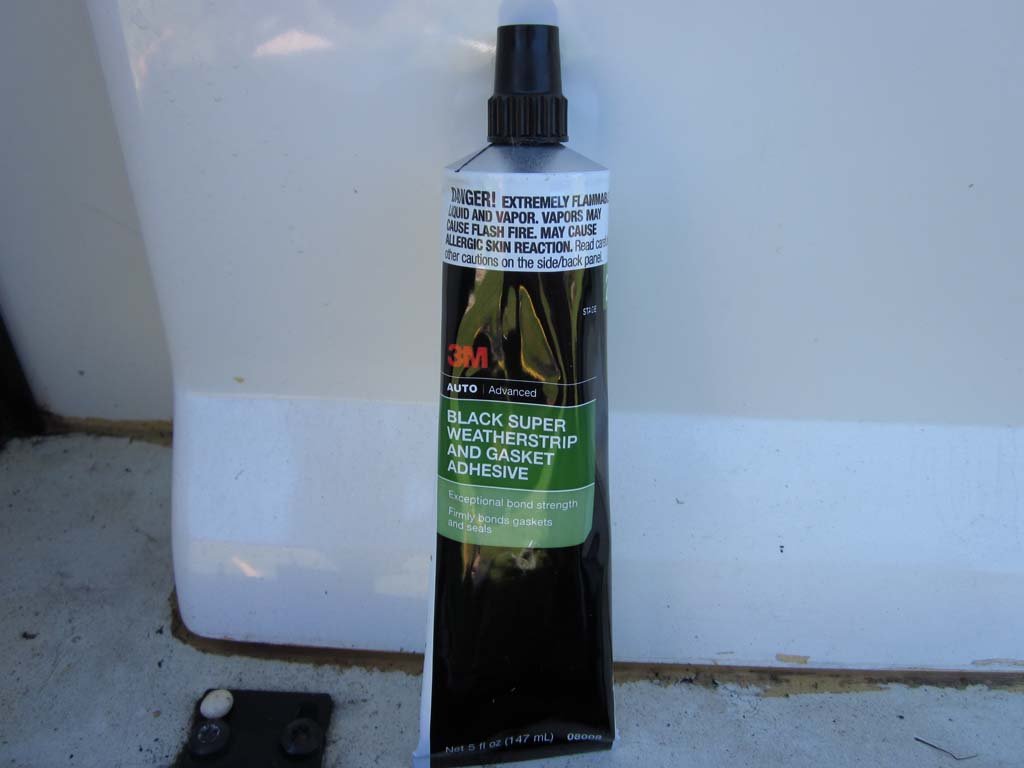
The stuff is a bit like rubber cement, sticks very well to the gasket but is a bit messy. It skins over pretty quickly so you have to make sure to work it in to the joint well. I left the bay doors open for several hours to make sure it was dry.
I also used this adhesive in the channel of the lower gasket since that tends to get quite a bit of abuse loading/unloading the bays. I also did “flood” the lower corners to seal them completely. Time will tell how well it holds up, but it did seem identical to what was use on the original gaskets which lasted 10 years.


